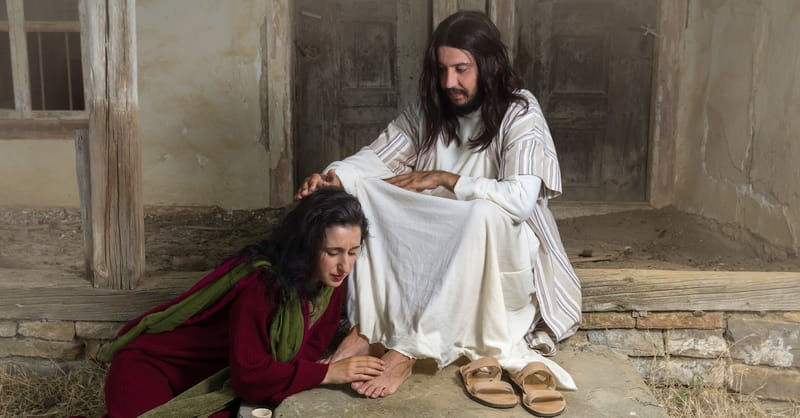USA - AMERICA: WE ALL ARE ASKING IN AMERICA: WHAT HAPPENS NEXT? WHERE HURRICANE HARVEY WILL GO NOW?
- Pablo Marin /International Executive Director
- 30 ago 2017
- 3 Min. de lectura

There’s a grim familiarity to the images coming out of Houston. The drowned cars, flooded floors, and waist-deep walkers we have seen before in US cities — never more dramatically than in New Orleans after Hurricane Katrina in 2005.
And while it may be hard to look beyond the punishing moment — especially with floodwaters in Houston continuing to rise and Harvey refusing to move from its drenching perch — reflecting on the wreckage of Katrina can help us think about what lies ahead, both in terms of the scale of likely damage and the long struggle toward recovery.
Mercifully, the death toll in Houston so far doesn’t seem to compare with the roughly 1,200 lost to Katrina. Fatalities are still being counted in the single digits. And while the numbers are likely to climb substantially in the days ahead — as underwater areas become passable again — there’s no reason to expect a Katrina-like total.
Remember, Katrina was the deadliest US storm since 1928, and with no near rival. It was also by far the country’s most costly storm on record, wreaking some $160 billion in damage, compared to $70 billion for Hurricane Sandy in 2012.

Even records like these can’t capture the full, shocking impact of Katrina, though. More than a storm, it was a punctuating event in modern American history, setting off a kind of social and political reckoning.
Tales of abandoned citizens and failing hospitals laid bare a shocking lack of preparednessstretching from the New Orleans City government to the DC headquarters of the Federal Emergency Management Agency. The ensuing public outrage damaged President Bush’s reputation and led to wide-ranging reforms at FEMA.
Also, because the storm hit poor, black communities so much harder than nearby white neighborhoods, it exposed a dimension of American inequality that had gone long overlooked. Even when it came to natural disasters, the risk seemed tilted against the most vulnerable.
Whether Harvey will have the same far-reaching impact on the American psyche depends a lot on how the aftermath is handled, which we can’t yet know. But there are a lot of ways for things to go wrong.
Much of the damage in Houston is likely to be flood-related — which isn’t always true of hurricanes, where wind is sometimes the greater punisher. And the trouble with flood-damage is that it isn’t generally covered by insurance. Homeowners need a separate policy for that.

In and around Houston, very few people have flood insurance; only about one-sixth of all homeowners. Which means that many people are in for a big surprise when they call to file a claim to fix their buckled floors or moldy walls, only to find it isn’t covered by their standard homeowners’ policy.
In this regard, the situation in Houston could actually be worse than Katrina. By one estimate, about half of Katrina losses were insured, compared to a quarter of expected losses from Harvey.
And while there is likely to be billions in federal aid, few of these dollars will flow to frustrated homeowners who lack flood insurance. That’s just not a high priority
.
After Katrina, the federal government committed over $100 billion to recovery and reinvestment. But that money mostly went to public projects: shelter and debris removal in the immediate aftermath of the storm; roadways, hospitals, and community needs in the years after.
Compared to such infrastructure investments, assisting people who lack flood insurance is a low priority. Worse, it’s potentially counterproductive, because it encourages people to keep living in vulnerable places, with or without insurance. Should something go wrong, people start to expect that taxpayer dollars will come and rescue them.
That said, tough love for homeowners creates its own kind of problem. Those who can’t afford to rebuild may simply walk away. leaving a shrunken city with hollowed-out communities.
Something like that did happen in New Orleans. After Katrina, the population of Orleans parish fell by 50 percent; and even now, over a decade later, it still hasn’t fully recovered. More revealing, it’s the hard-hit black community that accounts for the biggest losses.

In the end, comparing Harvey with Katrina may come to seem overblown. Katrina was not just a big storm. In many ways it was the biggest: the most damaging and deadly hurricane in the US since the New Deal was actually new.
But many of Katrina’s post-flood struggles are likely to repeat themselves in Houston: the effort to keep people from abandoning the city, the need to ensure that the poor don’t face a disproportionate burden.
And then there’s this question, which seems especially acute in Houston: what happens to the people with waterlogged homes and no flood insurance?
Evan Horowitz digs through data to find information that illuminates the policy issues facing Massachusetts and the United States. He can be reached at evan.horowitz@globe.com. Follow him on Twitter @GlobeHorowitz
Edited by The Global News Today


























































































































.jpg)





























































































































Comentarios